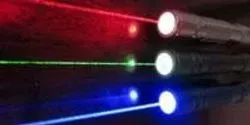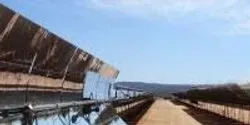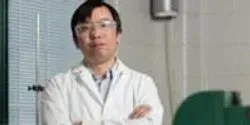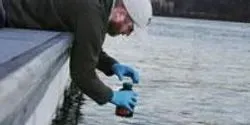News

University of Adelaide physics researchers have developed a new type of laser that will enable exciting new advances in areas as diverse as breath analysis for disease diagnosis and remote sensing of critical greenhouse gases.

Tulane University chemistry professor Igor Rubtsov and a team of graduate students can lay claim to inventing an important new scientific instrument — the world’s first fully automated dual-frequency, two-dimensional infrared spectrometer.

Mollusk researchers at Virginia Tech in the U.S. and at the Freshwater Fisheries Research Center in Wuxi, China, are collaborating to promote freshwater mussel conservation, develop more robust and productive pearl-producing Chinese mussels, and possibly introduce a U.S. mussel to China that has the potential to produce colored pearls.

Sandia National Laboratories is developing computer models that show how radioactive waste interacts with soil and sediments, shedding light on waste disposal and how to keep contamination away from drinking water.

Wastewater treatment lagoons have the potential to serve as a local energy source, according to a Clarkson University doctoral student.

Piezoelectrics—materials that can change mechanical stress to electricity and back again—are everywhere in modern life. Computer hard drives. Loud speakers. Medical ultrasound. Sonar. Though piezoelectrics are a widely used technology, there are major gaps in our understanding of how they work.

Soiling -- the accumulation of dust and sand -- on solar power reflectors and photovoltaic cells is one of the main efficiency drags for solar power plants, capable of reducing reflectivity up to 50 percent in 14 days. Though plants can perform manual cleaning and brushing with deionized water and detergent, this labor-intensive routine significantly raises operating and maintenance costs (O&M), which is reflected in the cost of solar energy for consumers.














